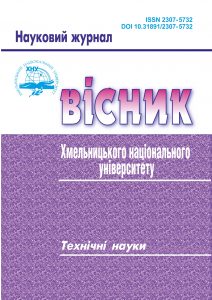COMPARATIVE ANALYSIS OF THREAT MODELING SOFTWARE
DOI:
https://doi.org/10.31891/2307-5732-2023-323-4-268-277Keywords:
modeling method, security standards, performance indicators, Microsoft Threat Modeling Tool, OWASP Threat Dragon, ThreatModeler, IriusRisk, SecuriCADAbstract
With the increase in the use of information and communication systems, the probability of cyber attacks, which can cause significant damage, increases. In this regard, their security has become one of the main problems of our time. Therefore, there is an important and urgent problem of using software for modeling and analyzing potential threats. The article presents the results of analysis of threat modeling software, including the most popular tools Microsoft Threat Modeling Tool, OWASP Threat Dragon, ThreatModeler, IriusRisk and SecuriCAD. Their main functions, capabilities and limitations are defined, the general appearance of the built models is demonstrated. In addition, the modeling process was investigated with further analysis of the results using each of the considered tools. Their effectiveness in identifying and mitigating potential threats was also evaluated. Based on the analysis, a table was compiled with the results of the comparison of the considered software tools according to the criteria that are most often taken into account when choosing tools for threat modeling, in particular, openness of the source code, support for security standards and various platforms, the possibility of integration with other tools, automatic detection of threats, model visualization, vulnerability analysis, risk assessment and management, planning of security measures, support for joint work with the team, cost. Using the results obtained and the given mathematical model, numerical values of the following performance indicators were determined for each of the programs on a scale from 1 to 5: ease of use, simulation time, level of detail, spectrum of threat detection, level of support, possibility of integration with other tools. The choice of the optimal tool will depend on the level of priority of a specific indicator for the enterprise. The obtained results of the analysis make it possible to simplify the decision-making process of choosing the optimal program, as they clearly demonstrate the advantages and disadvantages of each of them, as well as to increase the effectiveness of the use of software tools for threat modeling thanks to the received evaluations of effectiveness and the identified potential areas of their use.

